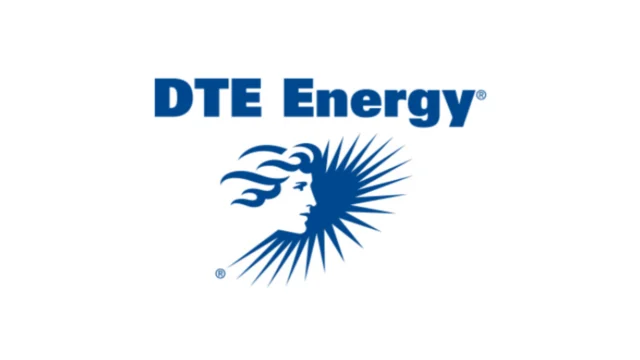Business Consulting Company Works Closely With Life Cycle Institute to Become Facilitators of Learning
solutions

The Situation
A business process consulting company determined that effective training benefitted their projects by speeding the adoption of new behaviors and fast-tracking client performance goals. The company offered courses to educate client employees on new business processes and best practices, with the hope that employees would practice new skills in the workplace.
A major differentiator for the company was its consultants. The consultants were subject matter experts (SME), many of whom had over 20 years of experience in their field. The company wanted SMEs to teach the courses because they held
credibility and embraced company ideals.
The SMEs were content experts unaccustomed to using a variety of training techniques. To help smooth the transition from SME to learning facilitator, the company engaged Life Cycle Institute Learning Consultants (LC). Life Cycle Institute LCs designed a trainer development program to prepare SMEs for their new role in the classroom: inspiring learners to change behaviors and produce desired results.
The Solution
The Institute Learning Consultants (LC) met with the SMEs to discuss their delivery strengths and what they saw as their biggest challenges in front of the classroom. The LC introduced the 8 facilitator competencies model and explained the development process, beginning with a train-the-trainer course and finishing with coaching and an individual development plan.
The process was executed as follows:
- SMEs completed the Life Cycle Institute’s Train-the-Trainer course. Each participant completed a Learning Impact Map (LIM) that linked the training objectives to behaviors, results and organizational goals.
- Institute LCs reviewed the LIMs and scheduled time with SMEs to “workshop” their deliveries. The groups practiced skills learned in the Train-the-Trainer class, worked on techniques to integrate the 8 facilitator competencies and revisited their LIM goals. At the end of the session, each SME delivered a reworked course module that incorporated active learning strategies and showcased the facilitator’s strengths. The LC observed all SME deliveries.
- Using the 8 facilitator competencies as a guide, the LC gave a strengths-based assessment of the delivery and the SME completed a self-assessment. The LC and SME convened to discuss strengths and define two competency areas to focus on: one with the greatest impact and one quickest to improve.
- From this assessment, the LC and SME created an individual development plan and incorporated the short-term goals documented in the Learning Impact Map. The individual development plan targeted specific actions, support needed to complete the action and a timeline to reach the mutually defined competency goals.
The Business Impact
The business process consulting company was able to deliver more effective training by implementing learning facilitator best practices.
The SMEs were provided tools to create a link between training objectives and a client’s organizational goals.
The business process consulting company secured employee engagement by allowing developmental opportunities for its employees.
The business process consulting company received a marked increase in student evaluation scores. Written feedback from clients includes:
- “Throughout the training, the facilitator demonstrated excellent knowledge and understanding of the subject matter at hand. He delivered the material in a way that kept the audience engaged and interactive. His passion for teaching really
shined through.” - “[The] instructor was one of the best facilitators I’ve ever associated with.”
- “The learning was great – great presenter, great exercises and great stories!”
Life Cycle Engineering, Inc
For More Information
843.744.7110 | info@LCE.com


